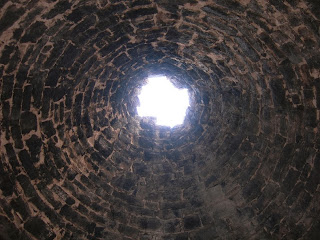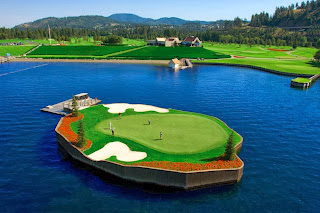The Sulayman Mountain is also known as Taht-I-Suleiman, Sulayman Rock or Sulayman Throne. It is the only World Heritage Site in the country of Kyrgyzstan. It is situated in the city of Osh and was once a main place of Muslim and pre-Muslim pilgrimage. The rock rises unexpectedly from the surrounding plains of the Fergana Valley and is a popular place among locals and visitors, with a splendid view. Hazrat Sulayman (A.S) (Also known Solomon) is a prophet in the Qur'an, and the mountain contains a shrine that supposedly marks his grave.
Sulayman Mountains is considered too Sacred Mountain in Kyrgyzstan dominates the Fergana Valley, and a beacon for travelers revered as a sacred mountain. Its 5 peaks and slopes contain plentiful ancient places of worship and caves with petroglyphs as well as two largely reconstructed 16th century mosques. The cult sites are supposed to provide cures for barrenness, headaches, and back pain and give the blessing of longevity. Veneration for the mountain blends pre-Islamic and Islamic beliefs. It is particularly exquisite in the evening. One very odd thing--at the rear of the museum there's a terrace which you reach by climbing up some stairs and ducking through a modest covered area. The interior of the small covered area is studded with wads of chewing gum
Women who ascend to the shrine on top and crawl though an opening across the holy rock will, according to legend, give birth to healthy children. The trees and bushes on the mountain are draped with numerous "prayer flags", small pieces of cloth that are tied to them. It is believed by UNESCO, the most complete example of a sacred mountain anywhere in Central Asia, worshipped over more than a few millennia. Sulayman Mountain is a popular place for local Muslims, with stairs leading up to the highest peak where there stands a small mosque (Masjid) originally built by Babur in 1510.




















































